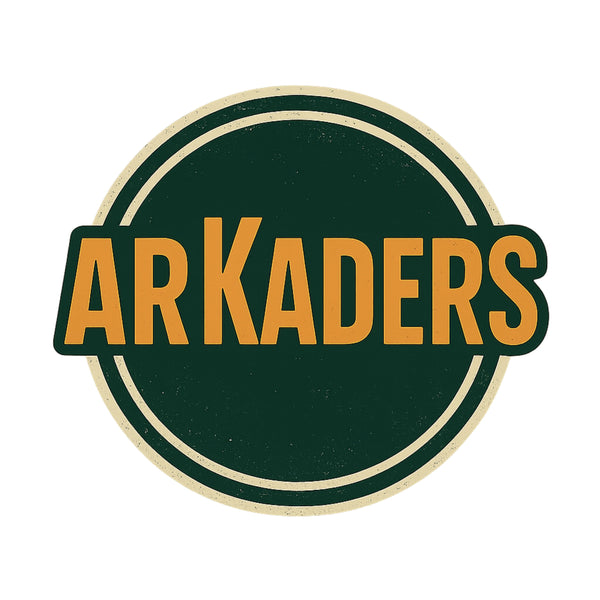A.I. Powered NFTs
NFT Creation & Launch Masterclass with AI and Google AI Studio
1. What are NFTs?
-
NFT = Non-Fungible Token, a unique digital certificate stored on a blockchain proving ownership of a digital item (art, music, video, collectible).
-
Unlike a normal JPG you can copy, an NFT proves authenticity and scarcity.
-
Value comes from artistic quality, originality, storytelling, community, and scarcity.
2. How AI Helps You Create NFTs
Artificial Intelligence lets you generate unique, breathtaking artworks without needing to be a professional illustrator. With tools like:
-
MidJourney / Stable Diffusion → create digital art from text prompts.
-
DALL·E → generate creative visuals quickly.
-
Runway ML → AI for video NFTs.
-
Leonardo.ai → game-art style NFTs, consistent collections.
-
ChatGPT / Google AI Studio Tutor → write prompts, generate descriptions, titles, lore, and marketing copy.
Example: “Tutor, create 10 detailed AI art prompts for a fantasy NFT collection mixing cyberpunk and medieval knights.”
3. Google AI Studio Tutor as Your Guide
By sharing your screen with Google AI Studio while you work, your Tutor can:
-
Refine your art prompts for AI generators.
-
Suggest collection concepts (themes, names, storylines).
-
Check technical requirements (image size, file format, blockchain compatibility).
-
Draft NFT descriptions and metadata.
-
Help with marketing strategy: social posts, community building, collector engagement.
-
Translate your project into multiple languages for global buyers.
4. NFT Marketplaces (Where to Sell)
The most common and reliable platforms are:
A) OpenSea
-
Largest NFT marketplace.
-
Supports Ethereum, Polygon, and more.
-
Easy to upload (“lazy minting” = no upfront cost until sold).
B) Rarible
-
Community-owned, decentralized marketplace.
-
Multi-chain support (Ethereum, Polygon, Tezos).
C) Foundation
-
More exclusive, curated marketplace.
-
Great for premium 1/1 artworks.
D) Magic Eden (Solana-based)
-
Fast transactions, low gas fees.
-
Popular among gaming NFT communities.
E) Objkt (Tezos-based)
-
Affordable minting fees.
-
Strong community of experimental and art-driven creators.
5. Step-by-Step: How to Mint Your First NFT
Step 1: Create Your Digital Artwork
-
Use AI art tools (MidJourney, Leonardo, Stable Diffusion).
-
Export high-resolution PNG or MP4 for video NFTs.
Step 2: Set Up a Wallet
-
Install MetaMask (browser extension/mobile app).
-
Fund it with crypto (ETH for Ethereum-based, MATIC for Polygon, SOL for Solana, XTZ for Tezos).
Step 3: Connect to a Marketplace
-
Go to OpenSea / Rarible / Foundation.
-
Connect MetaMask wallet.
Step 4: Mint Your NFT
-
Click Create → upload your artwork.
-
Add title, description, properties, and unlockable content (bonus files, codes, hidden art).
-
Choose blockchain (Polygon for low fees, Ethereum for prestige).
-
Set as fixed price or auction.
Step 5: Market & Sell
-
Share on Twitter, Discord, Instagram, TikTok.
-
Build a story around your collection: Who are the characters? What’s the lore?
-
Engage with NFT communities.
6. How to Add Value to Your NFTs
-
Scarcity: Limited editions or 1/1s are more desirable.
-
Utility: Add perks (exclusive Discord access, physical prints, gaming integration).
-
Lore/Storytelling: Build a world around your collection.
-
Consistency: A collection should have a clear visual identity.
-
Community: The stronger your community, the more valuable your NFTs become.
7. Beginner → Advanced NFT Strategies
Beginner
-
Single artworks minted on Polygon (low fees).
-
Simple story, shared on Twitter/Instagram.
Intermediate
-
Full collection (50–200 pieces) with consistent theme.
-
Launch with Discord community.
-
Run giveaways and whitelist campaigns.
Advanced
-
Integrate NFTs into games or metaverses (Sandbox, Decentraland).
-
Create dynamic NFTs (art that changes over time or with player actions).
-
Cross-chain collections with multi-platform exposure.
8. Security & Legal Considerations
-
Always own the rights to your art. If AI generates, make sure it’s legally safe to sell.
-
Avoid using copyrighted characters (e.g., don’t mint “Mickey Mouse” NFTs).
-
Use only marketplaces with strong reputations.
-
Back up your wallet keys safely (never share seed phrases).
9. Course Roadmap
Week 1: Exploration
-
Create AI-generated artworks with your Tutor’s help.
-
Choose 1–3 marketplace accounts.
-
Mint a test NFT on Polygon.
Week 2: Collection Building
-
Define theme/story for a 50-item collection.
-
Tutor generates prompts, titles, and lore.
-
Batch create images with AI.
Week 3: Launch Prep
-
Build Discord/Twitter community.
-
Tutor drafts marketing posts and roadmap.
-
Prepare metadata and collection page.
Week 4: Launch & Scale
-
Mint and list NFTs.
-
Run giveaways, whitelist sales.
-
Release roadmaps for future drops.
10. Tricks for Success
-
Leverage AI consistency: Train AI on your art style to keep a collection cohesive.
-
Bundle utility: Give buyers more than an image—exclusive content, merch, or perks.
-
Ask your Tutor to optimize: “Tutor, make this NFT description irresistible in under 150 words.”
-
Time your drops: Avoid gas-fee spikes (Ethereum is cheaper at weekends/early mornings).
-
Network: Collaborate with other artists; co-drop collections.
11. Quick Marketplace Comparison
-
OpenSea: Biggest audience, most flexible.
-
Rarible: Community-governed, cross-chain.
-
Foundation: Premium, art-curated.
-
Magic Eden: Solana ecosystem, gaming NFTs.
-
Objkt: Tezos-based, low-cost artistic NFTs.
12. Final Checklist
-
High-quality AI artworks ready.
-
Wallet (MetaMask) set up & funded.
-
Marketplace account connected.
-
NFT metadata (title, description, properties) prepared.
-
Attribution / legal rights secured.
-
Marketing plan in place.
-
Community strategy ready.
👉 With this workflow, your Google AI Studio Tutor becomes your NFT mentor: guiding prompts, generating storylines, optimizing descriptions, drafting marketing posts, and keeping you focused on originality and legality.
